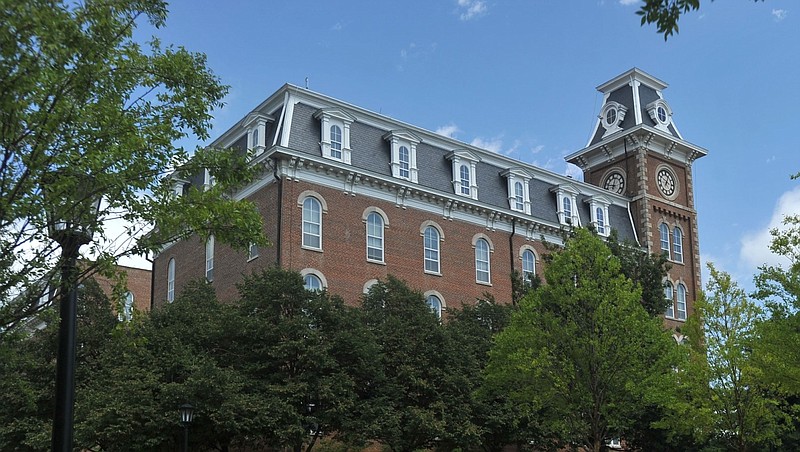FAYETTEVILLE -- A $6.1 million National Science Foundation grant will establish a research institute at the University of Arkansas, Fayetteville to study how viruses fundamentally interact with living hosts across different types of life.
Ruben Michael Ceballos, an assistant professor of biological sciences, will lead UA's efforts.
"We think that we have an approach that can contribute significantly to the larger global effort to understand viruses, especially those that can cause serious animal (e.g., human) and plant diseases, thereby impacting global economies and endangering human life," Ceballos said in an email.
Four co-principal investigators at partnering schools -- including at the University of Arkansas at Pine Bluff and Ouachita Baptist University in Arkadelphia -- will work together to analyze data and compare virus systems.
The project, which Ceballos said is funded for five years with possible funding available for future years, also aims to support scientists and students at minority-serving institutions. In addition, outreach efforts will include working with kindergarten-through-12th-grade schools in the state.
UAPB, a historically black university, "will be able to help our students, to be able to give them that experience and exposure to benchwork science," said Anissa Evans Buckner, chairperson of the UAPB biology department and a co-principal investigator for the project.
"What I see is more doors of opportunity are opened for persons of color," she added.
The project falls under what the National Science Foundation has labeled one of its 10 "Big Idea" research priorities, to understand the rules of life.
For virus-host interactions, "such laws have been elusive due to the diversity and vastness of the virosphere," Ceballos said.
But technology and laboratory methods, along with mathematical modeling, now allow for comparisons of viruses that are substantially different, he said.
Given the history of influenza, Ebola virus and the current ongoing pandemic, such a research effort is "way past due," Ceballos said, and, "we now have tools in place to discover any common patterns or 'rules of life' that could lead to laws in virology to which all viruses or at least large swaths of viruses might adhere."
His research will not involve the study of high-risk human viral pathogens, as UA lab facilities are considered a Biosafety Level 2 site, he said. The U.S. Centers for Disease Control and Prevention in partnership with the National Institutes of Health publish biosafety guidelines, and higher-risk viral pathogens are studied at Biosafety Level 3 and Level 4 sites.
Viruses will be studied interacting with relatively simple forms of life, including microalgae at UA.
Nathan Reyna will oversee project efforts at Ouachita Baptist University, where he is an associate professor.
Other institutions serving as hub sites are the University of Maine and Universidad Interamericana de Puerto Rico.
